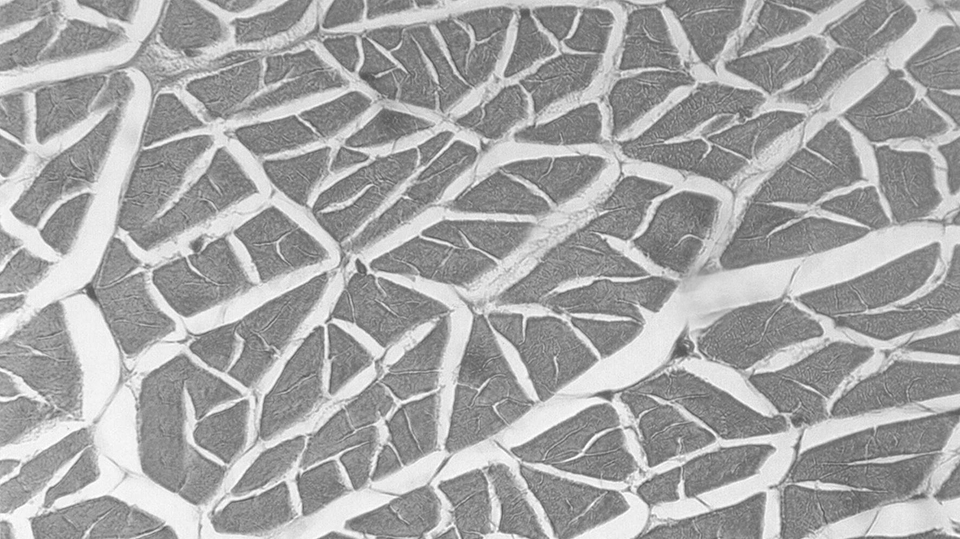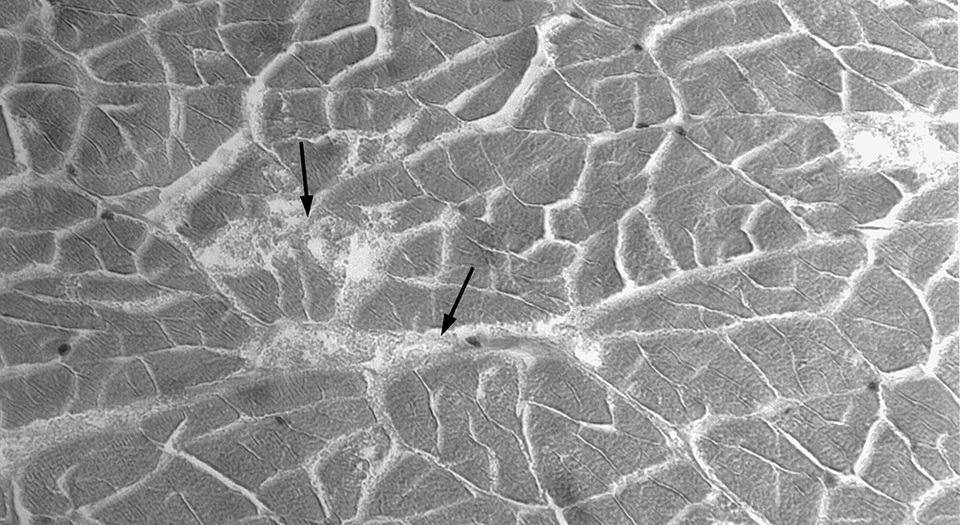Product stores better deheaded, peeled
Freshwater prawn culture is currently expanding significantly around the world, with the Malaysian or giant prawn (Macrobrachium rosenbergii) one of its most highly regarded species. Now produced in many countries, the prawns can be marketed live, chilled, or frozen. However, farmers face constraints regarding meat quality deterioration.
Although the biology, larviculture, and production management of Macrobrachium are well known, there is limited information on their postharvest conservation and processing methods, as well as the possible histological changes that take place in their muscles after processing treatments.
Main processing problem
From the processing point of view, the main problem with giant freshwater prawns is the development of mushiness in the tail muscle, which can occur after four to eight days of storage. This phenomenon is characterized by a large loss of muscle integrity, especially in the first segment of the tail, which is caused by the diffusion of proteolytic enzymes, including the collagenase enzymes. The fact that mushiness always appears in the first segment adjacent to the hepatopancreas suggests the involvement of this organ, which softens and may suffer partial autolysis.
Improved processing procedures that could delay the appearance of mushiness are extremely important for prawn conservation. The authors recently conducted a study to evaluate the structural changes in the muscles of giant prawns stored in ice and compare whole and deheaded, peeled specimens.

Experimental setup
The animals used in this study were bred in ponds at the Aquaculture Center of Universidade Estadual Paulista in Jaboticabal, São Paulo, Brazil. The prawns were collected from ponds, washed immediately with clean, chlorinated water, and sacrificed by temperature shock in ice water.
The animals were divided in two groups: deheaded and peeled, and whole. The two populations were separately stored in thermally insulated boxes with the addition of triturated ice for 10 days. The fusion water was continuously drained and the ice replaced daily.
Two specimens of each group were collected for histological analysis at the beginning of the experimental period and at two, four, seven, and 10 days of storage. The prawns were placed in boiling water for four minutes, then their first and second abdominal segments were collected and fixed in 10 percent buffered formalin. Samples were embedded in paraffin, sliced, and stained.

Results
The connective tissue in prawn muscles is composed of collagen fibers. It is classified into three types: epimysium, perimysium, and endomysium, based on location in the muscle. The epimysium is the thick, dense, and more resistant connective tissue that forms the outer covering of the muscular tissue. The perimysium and endomysium are the thin connective tissues that surround the muscle fiber bundles and each muscle fiber, respectively.
The samples of cooked prawn muscle showed undamaged connective tissue with intact, well-organized muscular bundles. During storage, progressive ruptures of both epimysium and perimysium were observed, with partial disorganization of fibers in both segments of the prawns when stored deheaded and shell off.
In the prawns stored whole, a homogeneous and progressive degradation of both the connective tissue and muscle was observed during the storage period. It occurred first in the perimysium and later in the endomysium. The degradation of the connective tissue was more intense in the first segment, confirming that the action of collagenase enzymes discharged by the disintegration of the hepatopancreas was responsible for the beginning of tissue degradation, which induced the mushy condition during storage in ice.
Conclusion
On the fourth day of storage, the prawns stored whole showed degradation similar to the deheaded, peeled specimens on the seventh day of storage. The difference in condition increased with time, and on day 10, the whole prawns showed the strongest degradation of connective tissue.
Tail mushiness may have been due to autolysis of the hepatopancreas in the whole prawns, which released proteolytic and collagenase enzymes into the muscles, thus increasing their degradation. The less-intense muscle degradation observed in prawns stored deheaded and peeled suggested that this conservation condition yields better meat quality, as well as longer durability during ice storage.
(Editor’s Note: This article was originally published in the August 2004 print edition of the Global Aquaculture Advocate.)
Now that you've finished reading the article ...
… we hope you’ll consider supporting our mission to document the evolution of the global aquaculture industry and share our vast network of contributors’ expansive knowledge every week.
By becoming a Global Seafood Alliance member, you’re ensuring that all of the pre-competitive work we do through member benefits, resources and events can continue. Individual membership costs just $50 a year. GSA individual and corporate members receive complimentary access to a series of GOAL virtual events beginning in April. Join now.
Not a GSA member? Join us.
Authors
-
Peter Gaberz Kirschnik
Aquaculture Center – CAUNESP
Rod. Prof. Paulo Donato Castellane
km 5, 14884-900
Jaboticabal, São Paulo, Brazil -
Luciana Nakaghi Ganeco
Aquaculture Center – CAUNESP
Rod. Prof. Paulo Donato Castellane
km 5, 14884-900
Jaboticabal, São Paulo, Brazil -
Elisabete Maria Macedo Viegas
Aquaculture Center – CAUNESP
Rod. Prof. Paulo Donato Castellane
km 5, 14884-900
Jaboticabal, São Paulo, Brazil -
Laura Satiko Okada Nakaghi
Aquaculture Center – CAUNESP
Rod. Prof. Paulo Donato Castellane
km 5, 14884-900
Jaboticabal, São Paulo, Brazil
Tagged With
Related Posts

Intelligence
Culture of giant freshwater prawns in China
Farming of giant freshwater prawns is very popular in China. The Yangtze River Delta region produces more than 60 percent of the country's output. Production increases have resulted from a novel system that involves greenhouses that allow ponds to be stocked ahead by two months.

Intelligence
Adding flavor complexity to farmed barramundi
Organoleptic attributes such as flavor and aroma are among the most important factors that influence consumer acceptability and demand for fish products. Consumers have identified farmed fish as less complex and lacking “sealike” or “sea-fresh” flavors and aromas.

Health & Welfare
Ammonia toxicity degrades animal health, growth
Ammonia nitrogen occurs in aquaculture systems as a waste product of protein metabolism by aquatic animals and degradation of organic matter, or in nitrogen fertilizers. Exposure can reduce growth and increase susceptibility to diseases in aquatic species.

Intelligence
An inside look at Sino Agro Foods’ giant prawn MegaFarm
Sino Agro Foods has developed a proprietary recirculating aquaculture system that yields high production volumes and profitability. The facility should significantly contribute to seafood production in China and to help satisfy increasing demand for high value, safe and sustainably produced seafood.


